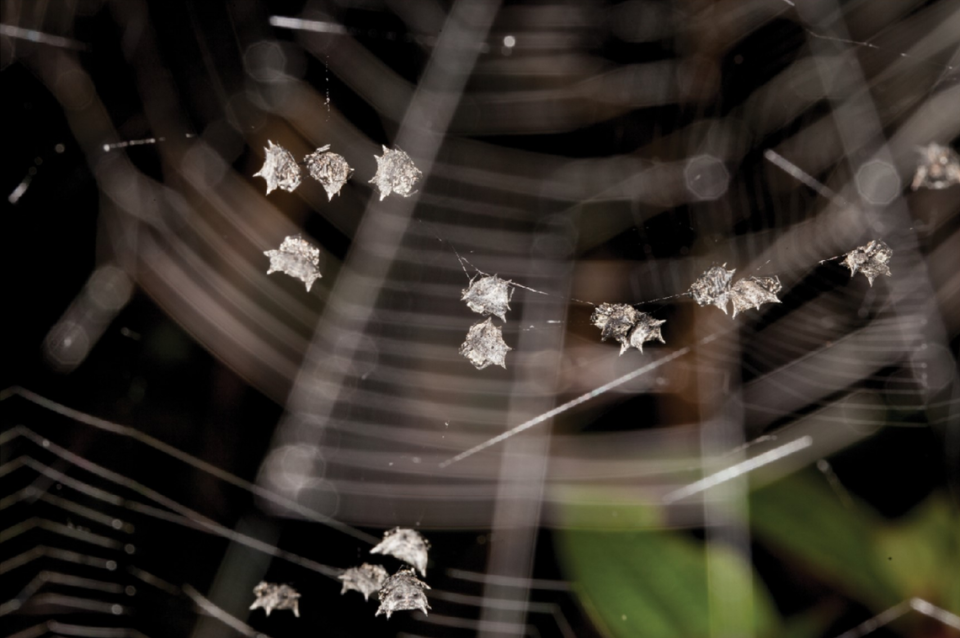New spider species — with ‘unusual’ mating ritual — discovered by chance in rainforest
A team of researchers was driving through the rainforest of Madagascar when something caught their attention. They took a closer look and “by chance” discovered a new species of spider with a previously unknown social behavior, according to the study.
“We were on an expedition looking for bark spiders,” Ingi Agnarsson, one of the study’s co-authors and a professor of zoology at the University of Iceland, told Entomology Today on March 30.
The scientists were doing research in the Andasibe-Mantadia National Park. As they were driving to another portion of the park, Agnarsson said they “noted, from the car, some webs that looked like colonies of multiple spiders,” according to Entomology Today.
The colonies of spiders surprised researchers because the animal is “notoriously solitary and cannibalistic,” they said in a study published Feb. 15 in the journal Insect Systematics and Diversity.
Researchers found 22 spider colonies along about a mile of the rainforest road, the study said. The colonies ranged from 2 to 79 spiders and from about 2 inches to almost 8 inches in size, but always had the same arrangement.
Females were on “individual, interconnected webs,” and males were grouped together “on a single silk thread,” according to the study. Sometimes, the male spiders are so close they “physically touch each other,” yet researchers saw “no evidence of aggression.”

They hypothesized that these colonies were a mating ritual for the species, a “unique” social behavior among spiders, the study said. Researchers compared the behavior to lekking in other animals, which occurs when male animals gather to compete for females.
The team collected several hundred specimens and studied them in a lab. Closer analysis revealed the creatures were a new species of kite spider, the study said.
The arachnids were named Isoxya manangona, after the Malagasy noun “to gather” or “aggregate” in reference to “the species unusual mating aggregations,” researchers said. The animal has dark gray and black coloring with large protruding spines, photos show.

Female Isoxya manangona spiders were about 0.2 inches in size and had “cryptic yellow marking,” the study said. Males were slightly smaller and didn’t have any yellow markings. Photos show the variation between the sexes.

Because these discoveries were made “by chance” near the end of the field season, the team “were only able to make a limited number of observations” the study said.
“We did not have a chance to actually observe mating in the field,” Agnarsson told Entomology Today. These observations are needed to test the team’s hypothesis about the purpose of the spider’s colonies.
“Further research is necessary but is bound to find something fascinating,” Agnarsson said, per Entomology Today.
Andasibe-Mantadia National Park is near the central-eastern coast of Madagascar, about 95 miles east of the capital city of Antananarivo.
New species of ‘giant’ spider discovered hiding underground in Australia, experts say
‘Mysterious’ creature seen hopping along rainforest river for first time in 24 years
‘Unsanctioned’ giant spider under Canadian bridge is not what it seems, photos show

 Yahoo Sports
Yahoo Sports 